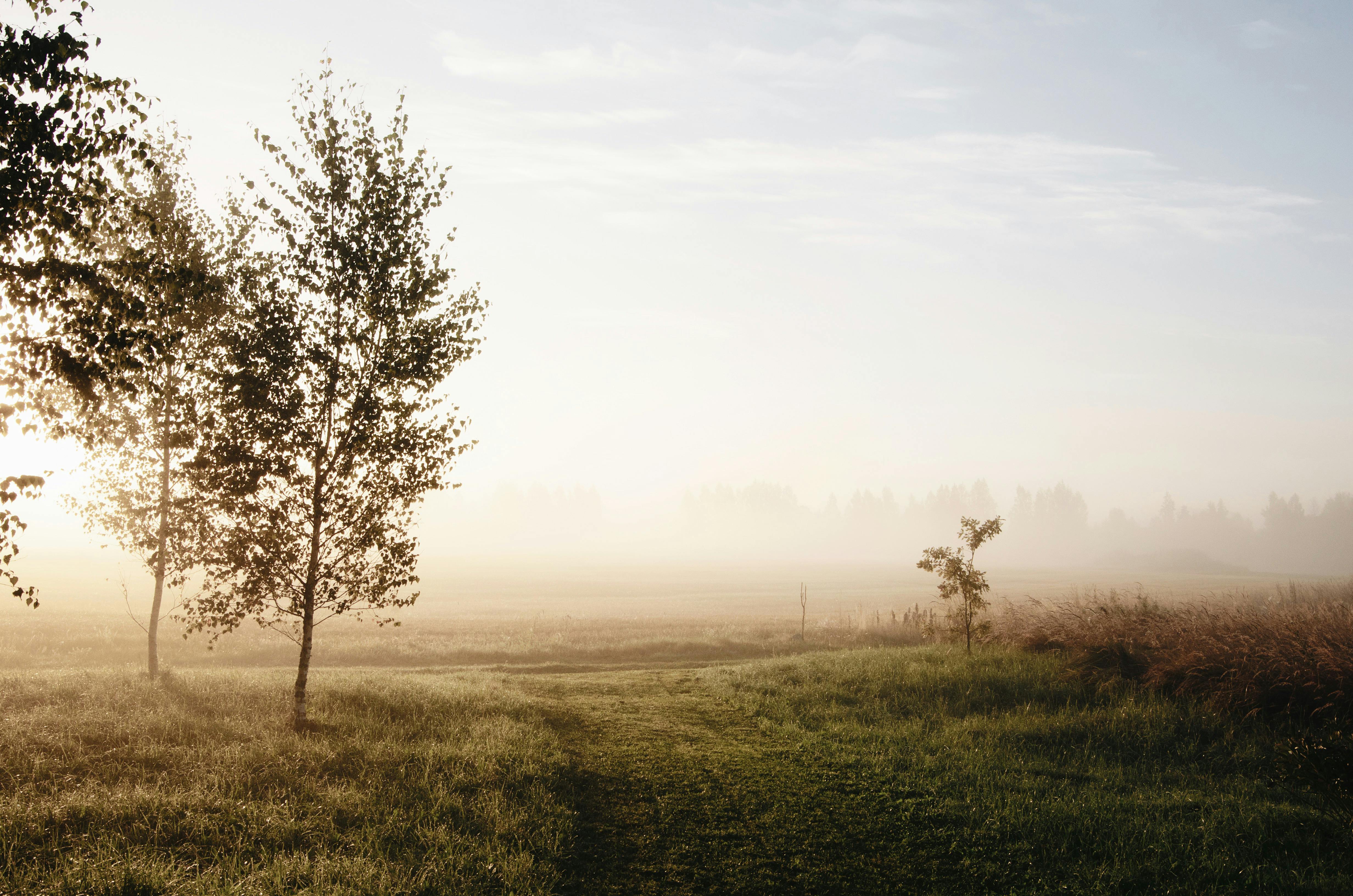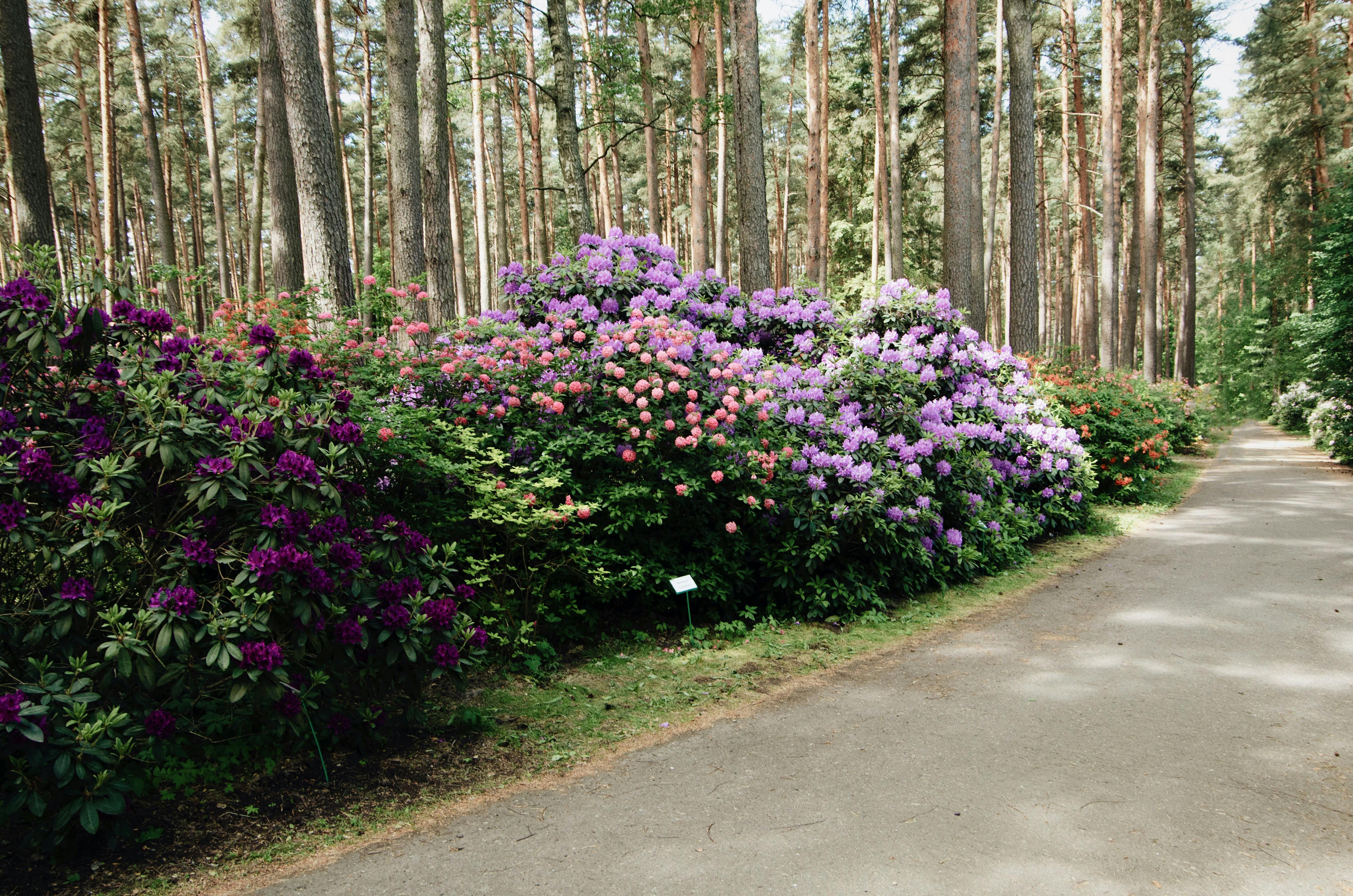Planting bulbs too early can have a negative effect on the success of your flower garden. Bulbs need time to establish roots before winter temperatures arrive, so planting them too soon can mean they won’t have enough time to do so before the earth freezes. If bulbs are planted too early, they may not bloom or may bloom at an odd time of year. In addition, bulbs that are planted too early are more susceptible to disease and pests. To ensure your flower garden has a beautiful display of blooms each Spring, it is important to pay attention to when you should plant your bulbs.The risks of planting bulbs too early include potential damage from frosts, animal predation, and disease. If the temperatures dip below freezing, the bulbs can suffer frost damage and may not grow or flower. Additionally, when planted too early, the bulbs may be exposed to animal predation as they are more vulnerable to being dug up by rodents. Finally, planting too early can also increase the risk of disease as the soil is still too warm for optimal bulb growth.
Can You Plant Bulbs Too Early in the Season?
Yes, it is possible to plant bulbs too early in the season. If you plant them too soon, they may not have enough time to establish a strong root system before cold weather arrives. Additionally, planting bulbs too early can also make them vulnerable to pests and diseases that are more prevalent during the spring and summer months.
It is important to check your local climate and growing zone when selecting the best time to plant bulbs. The majority of bulbs should be planted after the first frost of the season, which is usually around mid-autumn. This allows the bulbs enough time to establish a strong root system before winter arrives.
When planting bulbs too early in the season, there is a risk that they will not survive winter temperatures. If temperatures drop below freezing for an extended period of time, the bulb’s root system and foliage can become damaged or die completely. Additionally, if bulbs are planted too early and then exposed to extreme heat or drought during summer months, they may not survive either.
To ensure that your bulbs have enough time to establish a strong root system and become established before winter arrives, it is best to wait until mid-autumn or later before planting them. This will help ensure that your bulbs have enough time to take root and become established before cold weather arrives. Additionally, this will also reduce the risk of pests and diseases damaging or killing your bulbs before they have had a chance to take hold in your garden.
Location
Before planting bulbs, it is important to consider the location. The location should provide adequate sunlight for the bulbs to grow and bloom. If the location does not receive enough sunlight, the bulbs may not bloom or may die. Additionally, the soil should be well-draining and loose so that the bulbs can easily spread their roots.
Time of Planting
The time of planting is also important when considering bulbs. Generally, most spring and summer blooming bulbs should be planted in autumn when temperatures are cooler and there is more moisture in the soil. Fall-blooming and winter blooming bulbs should be planted in late summer or early autumn before temperatures start to drop significantly.
Watering Schedule
The watering schedule for bulbs should also be taken into consideration before planting. During the growing season, it is important to water regularly so that the soil remains moist but not soggy. Once the flower has bloomed, reduce watering until foliage turns yellow and dies back naturally.
Fertilizer
Fertilizer can be beneficial for bulb growth but it should be applied sparingly as too much fertilizer can burn or damage the roots of the bulb. An organic fertilizer such as compost or manure can provide essential nutrients for healthy bulb growth without overfertilizing.
How Can You Tell If a Bulb is Ready to be Planted?
Knowing when a bulb is ready to be planted can be tricky. However, there are some signs you can look for that will tell you if the bulb is ready to go in the ground. The most important thing to look for is how the bulbs feel when you touch them. If they are firm and not mushy or soft, then they are likely ready to plant.
In addition, you should consider the size of the bulb as well. If it’s larger than a golf ball, then it is likely mature enough to go in the soil. Bulbs should also have healthy roots and stems coming out from each end, and any old outer layers should be peeled away before planting.
If possible, try to plant bulbs as soon as they arrive so that they don’t dry out or rot before you get them into the ground. It’s also important to make sure you plant them at the right depth – usually two times their width – so that they will get enough light and moisture when growing in your garden.
Finally, if you’re unsure about whether or not a bulb is ready to be planted, try doing some research on it first. Different types of bulbs have different requirements for planting, so make sure you know what kind of bulb it is and what its needs are before getting started.
With these tips in mind, you should have no problem determining whether or not your bulbs are ready for planting!
What Happens if You Plant Bulbs Too Early in Cold Climates?
Planting bulbs too early in cold climates can have detrimental effects on the plants. The extreme cold temperatures can cause the bulbs to experience frost heaving, which is when the ground freezes and thaws repeatedly and causes the bulb to be pushed out of the soil. This can damage the roots of the plant, which can lead to stunted growth or even death. Additionally, when bulbs are exposed to cold temperatures for extended periods of time, they may not be able to break dormancy and will not bloom.
Another issue that may arise from planting bulbs too early in cold climates is that they may require protection from winter weather such as snow and ice. If they are exposed to these elements, they may become damaged or suffer frost damage which can also lead to death or stunted growth.
Finally, bulbs planted too early in cold climates may be more susceptible to diseases and pests due to their weakened state. If they are exposed to diseases or pests while still young, it could result in a complete loss of the crop as well as potential damage to other nearby plants.
In conclusion, planting bulbs too early in cold climates can have a variety of negative effects on the plants. It is important for gardeners who live in colder climates to be aware of these potential issues before planting their bulbs so that they can take steps to protect their crops from any possible damage that may occur due to extreme temperatures or weather conditions.

What Happens if You Plant Bulbs Too Early in Warm Climates?
Planting bulbs too early in warm climates can be detrimental to the success of the flowers. As temperatures increase, it can cause the bulbs to sprout and bloom prematurely. This can then cause them to die off due to lack of water or nutrients, or they may not survive the cold winter temperatures and freeze. Additionally, if the plants have already bloomed then they will not rebloom in the summer as expected. Additionally, planting bulbs too early may mean that they will be exposed to pests during their growth period, which could also damage or kill them. It is important to check with your local area’s climate and its seasonal changes in order to determine when it is safe to plant bulbs so that you get the best results when growing your flowers.
Are There Solutions for Planting Bulbs Too Early?
Planting bulbs too early can have disastrous results for gardens, with some bulbs not even surviving the cold winter weather. Fortunately, there are solutions available for those who want to plant their bulbs too early.
One solution is to opt for a cold-tolerant variety of bulb which can withstand colder temperatures than other varieties. These hardier varieties may still be damaged by frost, but they are more likely to survive it and will still produce beautiful blooms in the spring.
Another solution is to plant the bulbs in a sheltered area of the garden where they can be protected from extreme temperatures and strong winds. This could include planting the bulbs near a wall or fence which will provide some shelter from harsh weather conditions.
Finally, gardeners should also consider using mulch or compost around the bulbs when planting them as this will help to protect them from extreme temperatures and keep them warm during cold winter nights. Mulching can also help retain moisture in the soil which is essential for successful bulb growth.
Benefits of Waiting to Plant Your Bulbs
Waiting to plant your bulbs can help ensure that they are placed in the ground at the optimal time for growth and blooming. By timing your planting correctly, you can take advantage of the natural seasonal cycle, ensuring that your bulbs have enough time to establish strong root systems before winter sets in. Planting too early can lead to weak root systems, which can be more vulnerable to freezing temperatures. Bulbs planted too late may not have a chance to adequately establish strong roots before winter arrives.
Another benefit of waiting to plant your bulbs is that it gives you the opportunity to observe any changes in weather patterns that may occur during the season. This allows you to adjust your planting schedule accordingly, ensuring that you get the most out of every bulb planted. If an unusually cold winter is predicted, you may need to wait until later in the season before planting your bulbs.
Finally, waiting until later in the season may also give you access to more varieties of bulbs than if you were to plant earlier in the year. Many nurseries have limited supplies early on, but as temperatures become more favorable for bulb growth they may begin offering a wider selection of varieties. By waiting until later in the season, you can take advantage of these larger selections and find interesting and unique varieties for your garden.

Conclusion
If you plant bulbs too early, you may find that they either rot in the ground or emerge before the cold weather has passed. This could result in a weakened bulb that won’t flower the following year. While it is tempting to get a jump start on spring, it is best to wait until the soil has cooled and temperatures are consistent before planting your bulbs.
It is important to read the instructions for each individual bulb carefully to determine when they need to be planted, as some varieties are more tolerant of early planting than others. If you find that you have planted bulbs too early, there are steps that can be taken to ensure their successful growth. Proper drainage and mulching can help protect the bulbs from extreme temperatures and enable them to thrive once planted.
Understanding the needs of your particular bulbs and being aware of potential risks associated with early planting will help ensure their success in future years. Planting them at the right time gives them a chance to establish healthy roots and develop strong stems so they can produce beautiful blooms in the springtime.

